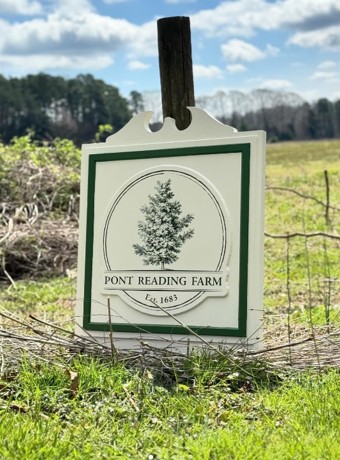By Pat Holder reporting for Native Plant News
Pont Reading Farm, a collaborative of growers, is the newest certified native plant habitat of the North Carolina Native Plant Society. Located in Orange County near a fascinating historical area in the greater Triangle area, it is a diversified agroforestry farm with market beds that are intermixed with native trees and shrubs alongside (often non-native) fruits and vegetables. In photos of the farm, native species such as Eastern Redbud (Cercis canadensis), American Fringetree (Chionanthus virginicus), Yaupon Holly (Ilex vomitoria), Pussy Willow (Salix discolor), and American Wisteria (Wisteria frutescens) are seen under a canopy including American Holly (Ilex opaca), Eastern Red Cedar (Juniperus virginiana), Southern Magnolia (Magnolia grandiflora), and White Oak (Quercus alba). Also intermingled with the vegetable beds are spring flower beds including Wild Columbine (Aquilegia canadensis), White Wild Indigo (Baptisia alba), Fetterbush (Lyonia lucida), Lyreleaf Sage (Salvia lyrata), and Virginia Spiderwort (Tradescantia virginiana).
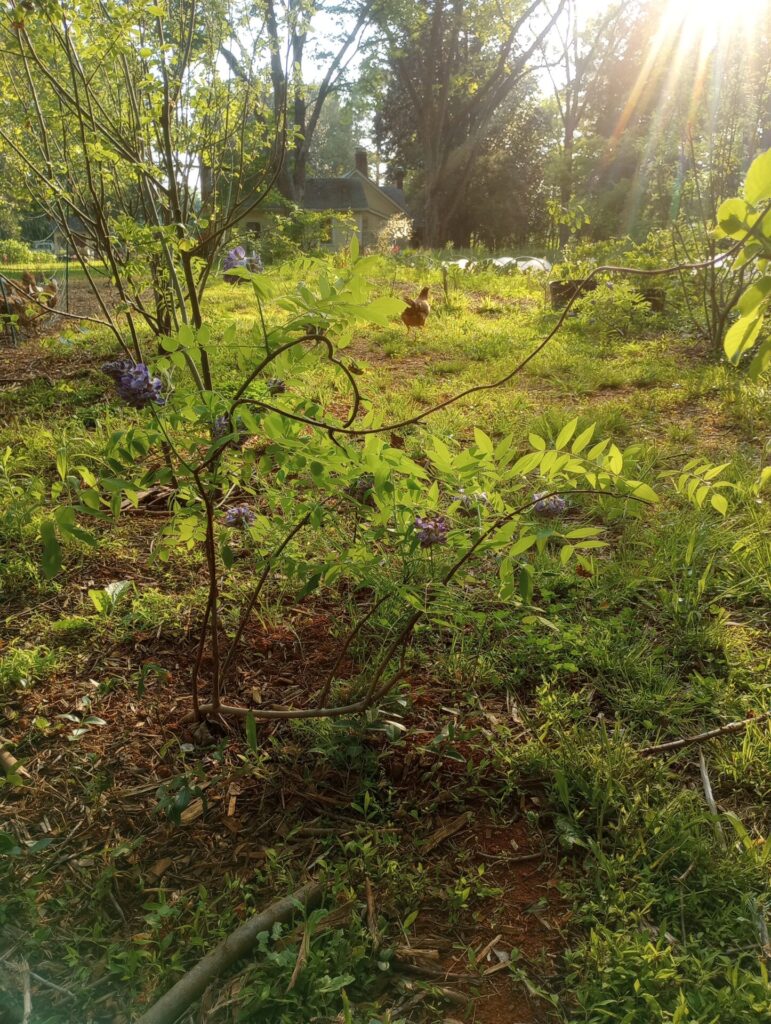
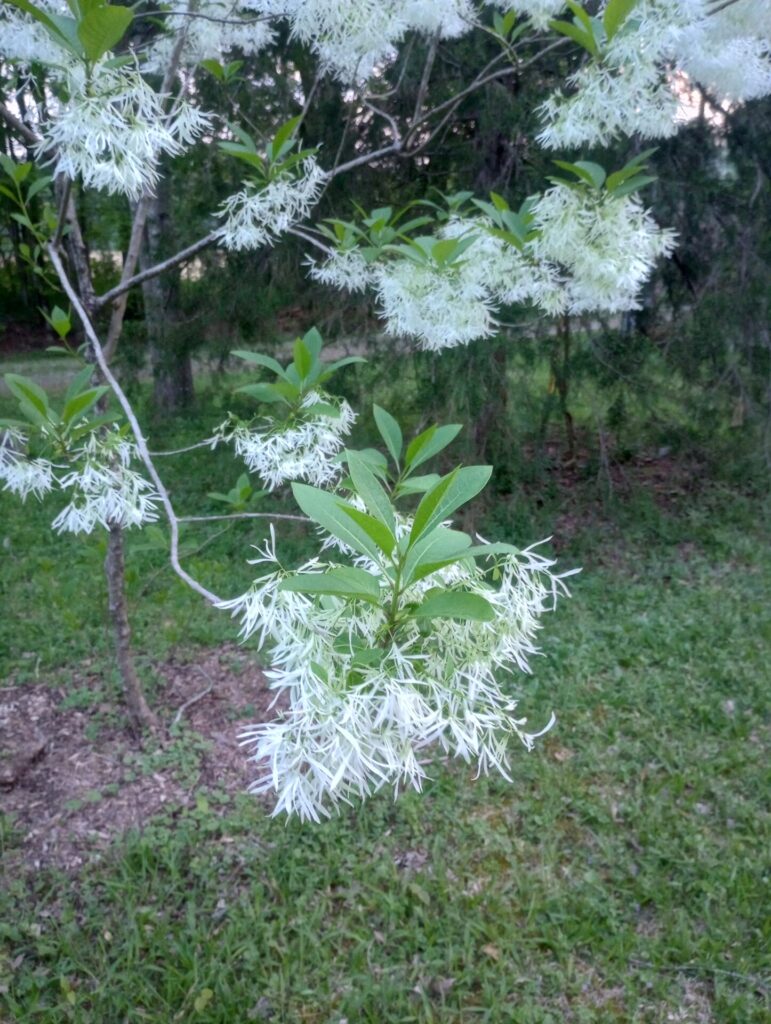
This very diverse native habitat that includes vegetable and fruit species has a fascinating history that Joshua Humphreys described in the NCNPS Certified Habitat application section of Interesting historic features of your property: “Pont Reading Farm operates on 10 acres of an historic country residence known as Lilymont, based in the rural Orange County crossroads community of Oaks, which is designated as a candidate for Rural Historic District status on the Study List of the NC Office of Historic Preservation. The property rests along the southern edge of land that was traditionally part of the territory of the Occaneechi Band of the Saponi Nation, just south of what is now a State Designated Tribal Statistical Area for the Occaneechi-Saponi.”
According to the Pont Reading Farm, “Under our stewardship, we have re-established Lilymont as a working farm, cleared invasives, begun thinning the woodland for agroforestry, and restored an historic farm field, which now supports a market garden and licensed nursery, focused on native trees and perennials. There are remnants of an historic Osage-orange (Maclura pomifera) hedge, likely planted in the mid-19th century, which we are restoring as a mixed, native hedge and extending across the property’s historic fence line, along the lane, and across its perimeter.”
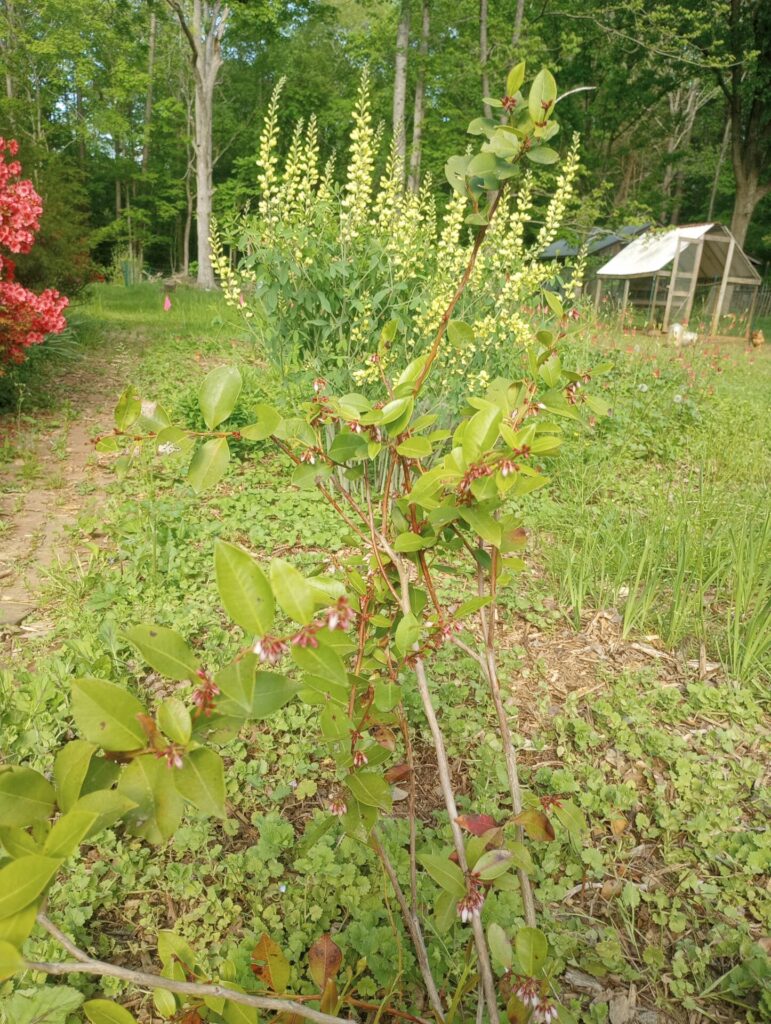
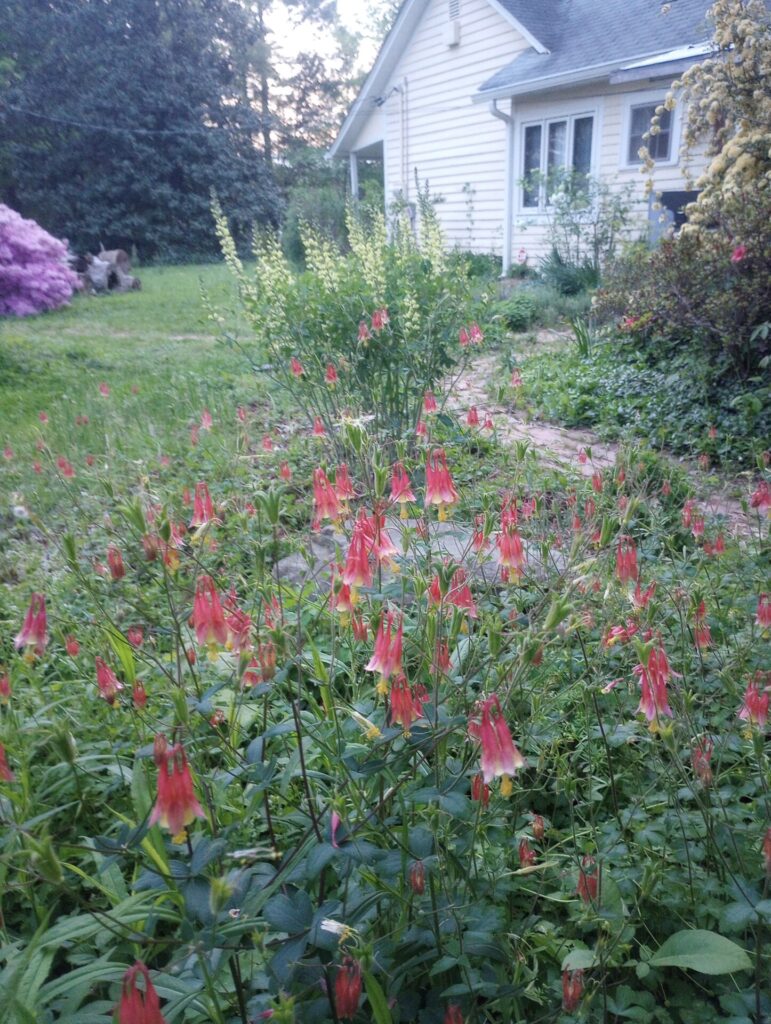
Pont Reading Farm follows ten of the twelve conservation practices listed in the application. Their focus on sustainable garden practices creates a natural habitat rich in the resources needed by local wildlife. Josh noted that the farm is indeed a host for biodiversity, wildlife, and pollinators. He has noticed Eastern Swallowtail butterflies, ground-nesting native bees, Great Horned Owls and Red-tailed Hawks enjoying the farm setting.

Pat Holder is the coordinator of the North Carolina Native Plant Society’s Native Plant Habitat Certification Program. She is passionate about native plants and their critical connection to the animal life in their surrounding ecosystem. Pat loves working with applicants for certification. She is inspired by their hard work and compelling stories.
